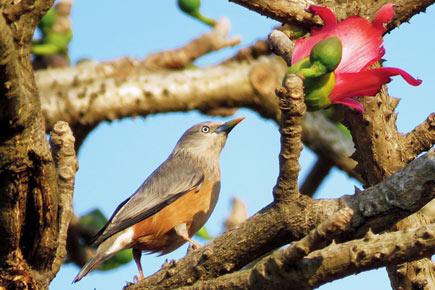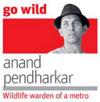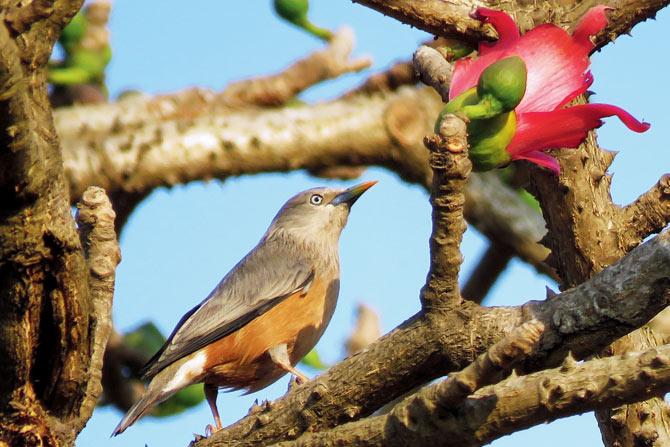This year, my travel miles are fast building up, sans carbon emitting flights, via mass public transport (bus and train) and car pooling with friends.

A chestnut-tailed starling sits on a Semal tree
 This year, my travel miles are fast building up, sans carbon emitting flights, via mass public transport (bus and train) and car pooling with friends. We are in February and I’ve already visited the forests of Devrukh, Marleshwar and Malvan in Maharashtra, the white desert of Kutch, and recently the dense forests of Dangs, in Gujarat.
This year, my travel miles are fast building up, sans carbon emitting flights, via mass public transport (bus and train) and car pooling with friends. We are in February and I’ve already visited the forests of Devrukh, Marleshwar and Malvan in Maharashtra, the white desert of Kutch, and recently the dense forests of Dangs, in Gujarat.
ADVERTISEMENT
During these excursions and local journeys, my eyes are glued to the landscape, scanning every feature within them. I observe the conditions of the rivers and lakes, bus stands, vegetable and cloth markets, school or residential campuses and the extent and type of garbage that is scattered around. My eyes are especially drawn to the level of greenery and hygiene of the region. I look for colony gardens and what people are growing in their balconies and even the semi-rural plantations around towns.

A chestnut-tailed starling sits on a Semal tree
And what is most prominent in my searches is the diversity of avenue trees or their absence. I compare them to Mumbai. Recently, a survey has declared Mumbai as the 10th cleanest city in India. This amazed me to no end.
On entering Mumbai, a peculiar stench embraces you, rivers are as good as sewers and garbage dumps are overflowing. But yet, the greenery peeping out from among our housing colonies and along some of our roads is outstanding.
Last week, we saw the print and social media go crazy over some non-indigenous pink Tabubea trees that are in flowers along the Eastern Express Highway, near Vikhroli. I, too, had seen them and had vowed to write about them, while attending a lecture by nature writer Stephen Alter at Godrej One. However, a 15-minute birding encounter under a flowering red silk cotton or Semal tree in the Aarey Milk Colony, and the sterile Tabubeas were forgotten in a jiffy.
The luscious red flowers were abuzz with activity and visitors such as carpenter and honey bees, squirrels, langurs, rosy and chestnut-tailed starlings, black drongos, bulbuls, sunbirds, jungle crows and the list goes on. It was obvious that the tree is a bird magnet. During night surveys conducted in forests across India, I’ve seen civets, fruit bats and moths relish the Semal. And in Matheran, bathed by the gentle winter morning sun, I’ve seen a pair of Malabar giant squirrels, squabble over exclusive feeding rights of a particularly large silk cotton tree reaching over 50m in height.
How all these creatures negotiate the Semal or Shalmali’s sharp spines is a mystery. Langurs, on the other hand, have a thick pad of skin under its tail to sit painlessly on the spines and feed on
its pods.
This probably gave rise to the stories of the mythological Hanuman making a throne of his tail in Ravana’s Kingdom. Since seven years, I have a Semal sapling growing in my balcony and it is my indicator for the punctuality and quality of the monsoons. But the reduction of Semal trees from our city is a worrisome trait for Mumbaikars who will lose their amazing tropical bird diversity. So, undo the damage with a spring plantation of these magnetic Semals.
Write in to Anand Pendharkar at sproutsenvttrust@gmail.com
 Subscribe today by clicking the link and stay updated with the latest news!" Click here!
Subscribe today by clicking the link and stay updated with the latest news!" Click here!






